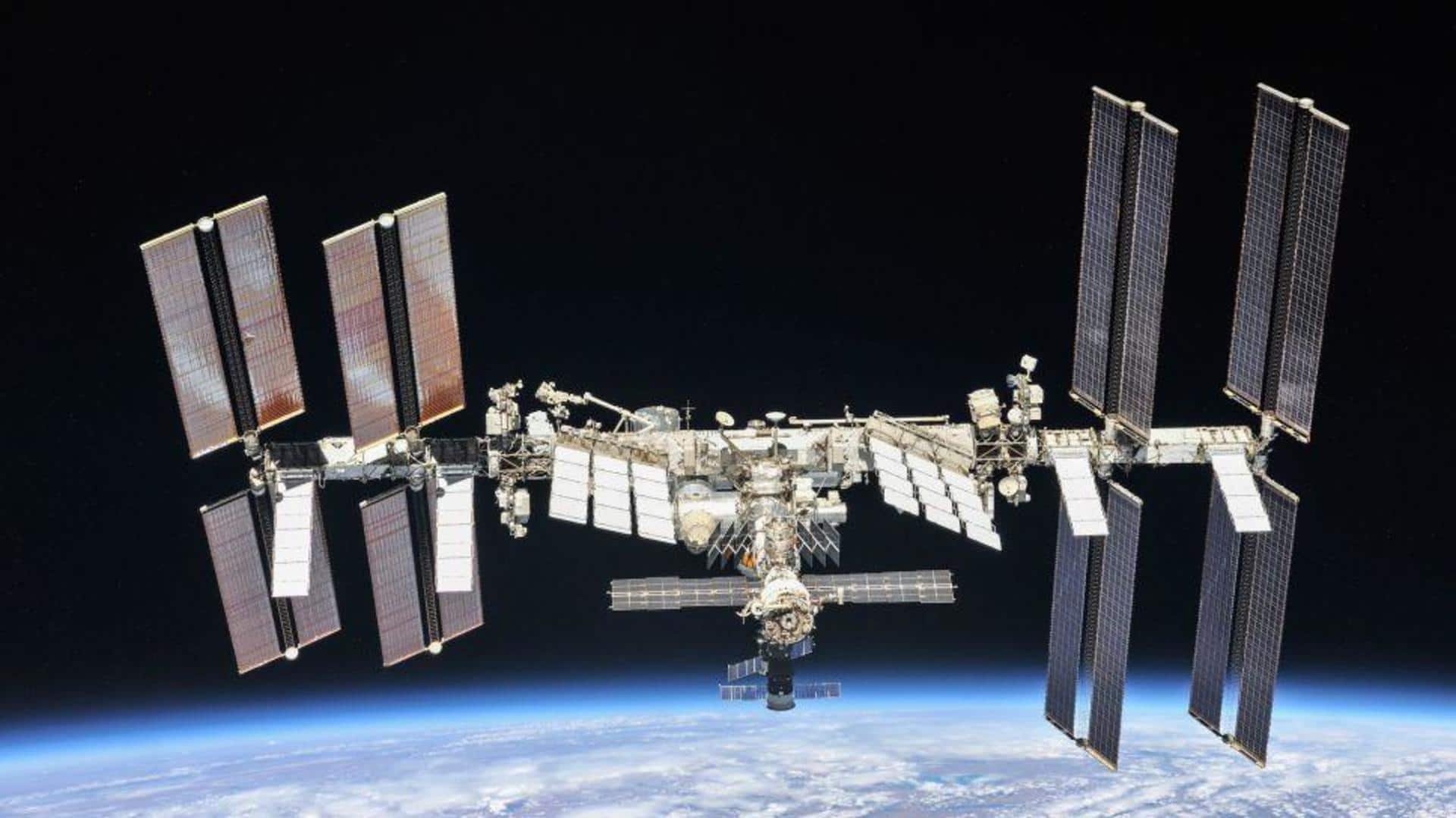
How ISS evaded an imminent collision with an approaching satellite
What's the story
The International Space Station (ISS) had to swerve out of the way of an Earth-imaging satellite on March 6. The thrusters on the Progress 83 resupply capsule, which is currently docked at the space station, fired its engines for a little more than six minutes, which slightly raised the station's orbit to avoid a potential collision with the approaching satellite.
Context
Why does this story matter?
Maneuver
Which satellite caused the ISS to maneuver
The satellite looming toward the ISS appears to have been an Argentinian Earth-observation satellite, which launched in 2020, according to Sandra Jones, from NASA's Johnson Space Center. Dr. Jonathan McDowell, an astronomer and astrophysicist from the Harvard-Smithsonian Center for Astrophysics, narrowed it down to Nusat-17, one of ten commercial observation satellites that are operated by the Argentinian company Satellogic.
Information
Satellogic's satellites are entering the orbit of the ISS
"Satellogic constellation is only one of a number of Earth-observing constellations with multiple satellites entering the ISS orbital height regime," said McDowell, via a tweet, further stating that Nusat-17 was the cause behind ISS "dodge maneuver" on March 6.
Alert
NASA received alerts by approximately 30 hours in prior
NASA received alerts about the potential collision about 30 hours before the satellite's estimated approach, according to space.com. A pre-determined avoidance maneuver (PDAM) was evaluated, and crews aboard the ISS along with NASA and Roscosmos ground teams geared up for the scheduled thruster burn. Last year, the ISS made two such correction maneuvers to evade debris from the Cosmos 1408 satellite.
Departure
The avoidance maneuver will not impact the departure of Crew-5
Lately, the ISS appears to have gotten busy. SpaceX's Crew-6 Dragon capsule Endeavour recently docked at the orbiting space lab, on March 3. The onboard Crew-5 members are set to depart the space station. Fortunately, NASA has confirmed that the avoidance maneuver on March 6 "will not impact the upcoming departure of the Crew-5 mission."
Frequency
How often does the ISS have to perform such maneuvers
As per NASA, the ISS has to evade space debris about once a year on average. "If another object is projected to come within a few kilometers of the International Space Station (ISS), the ISS will normally maneuver away from the object if the chance of a collision exceeds 1 in 10,000," explained the space agency in a blog post.